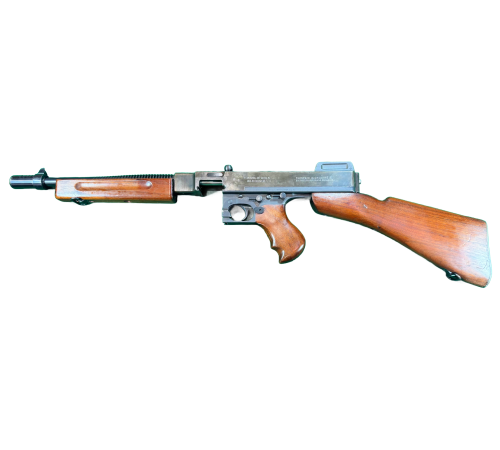Collar Tabs and Shoulder Boards

WWII Collar Tabs and Shoulder Boards: A Collectible Guide to Rank and Regiment Insignia
The armed forces of Germany and the United States and the Soviet Union and Britain and Japan used collar tabs and shoulder boards to show ranks along with branch and unit affiliations during World War II. The insignia showed military organization structures and give present-day collectors a view of the complex leadership and group identity system during the time period.
German Collar Tabs & Shoulder Boards
The German Wehrmacht and SS forces used collar tabs (Kragenspiegel) to denote branch and rank, with each division — Heer (Army), Luftwaffe (Air Force), Kriegsmarine (Navy), and Waffen-SS — having distinct designs. Each Waffen-SS tab included divisional emblems with skulls and runes while Heer tabs identified units through white (infantry), red (artillery) or pink (panzer) colors. German shoulder boards contained different designs based on rank level because enlisted men wore basic woven boards yet officers displayed complex silver or gold braided boards with Waffenfarbe (branch color) borders.
U.S. Military Insignia
Both the U.S. Army and Marine Corps preferred to use sewn-on cloth patches and pins instead of complex collar tabs. Uniform sleeve displayed enlisted ranks while officer ranks used brass or subdued metal insignia (bars, oak leaves, eagles) that appeared on the collar or shoulder epaulets. The shoulder boards with officer rank insignia and branch details were reserved for official dress uniform occasions.
Soviet WWII Shoulder Boards
The Red Army eliminated tsarist-style insignia at the beginning of World War II but brought back shoulder boards (pogony) with Soviet-specific designs during 1943. These displayed rank and branch indicators through colored backgrounds and symbolic stars and piping. High-ranking officer shoulder boards along with boards from elite units such as Guards and NKVD troops draw the most attention from collectors.
British and Commonwealth Insignia
The British military displayed NCO rank chevrons on uniform sleeves while using pips and crowns on shoulder epaulets for officer ranks. The regimental shoulder titles appeared as embroidery or prints that were sewn onto the shoulder seam area. The service dress uniforms of British officers contained removable shoulder boards which displayed both rank and corps insignia through metal emblems.
Imperial Japanese Rank Insignia
The Japanese military displayed rank information through cloth shoulder boards and sleeve insignia. The detachable shoulder boards of Japanese officers displayed embroidered stars and cherry blossom patterns with service branch and unit colors and numerical designations.
Collecting Tips:
Look for original stitching, period fabric, and correct backing materials.
The value of a collection piece relies heavily on its authenticity because reproduction items diminish worth. The value and historical significance of items increase when collectors know the original context and unit information.
WWII collar tabs and shoulder boards function as significant historical artifacts because they display the military organizational system together with the pride and distinction that soldiers maintained during wartime. Historical and collecting communities maintain these iconic emblems to remember both military heritage and the global conflicts of the past.
WWII collar tabs and shoulder boards are sought-after relics that speak volumes about the structure, pride, and distinction of wartime service. They remain iconic emblems for historians and collectors preserving the memory of global conflict and military heritage.
